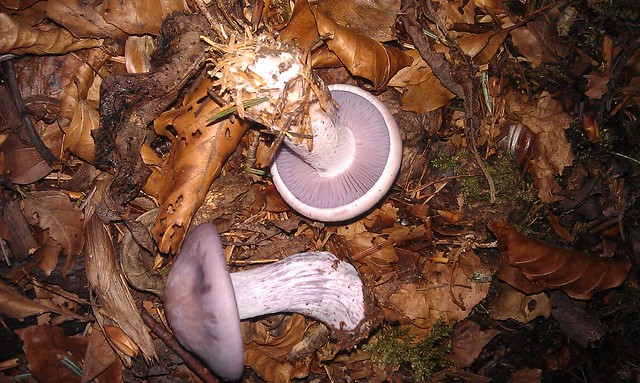Hi Emdiesse
1. [Edited to change to: not sure]
2. Yes.
3. Oyster mushroom.
4. Not sure.
5. Looks like a Panaeoulus, but these usually grow in grass.
6. Looks like a Wood Blewit, not certain from that photo.
7. Stump puffball.
8. Honey Fungus (Armillaria mellea)
9. Oyster.
Geoff
1. [Edited to change to: not sure]
2. Yes.
3. Oyster mushroom.
4. Not sure.
5. Looks like a Panaeoulus, but these usually grow in grass.
6. Looks like a Wood Blewit, not certain from that photo.
7. Stump puffball.
8. Honey Fungus (Armillaria mellea)
9. Oyster.
Geoff
Last edited:



